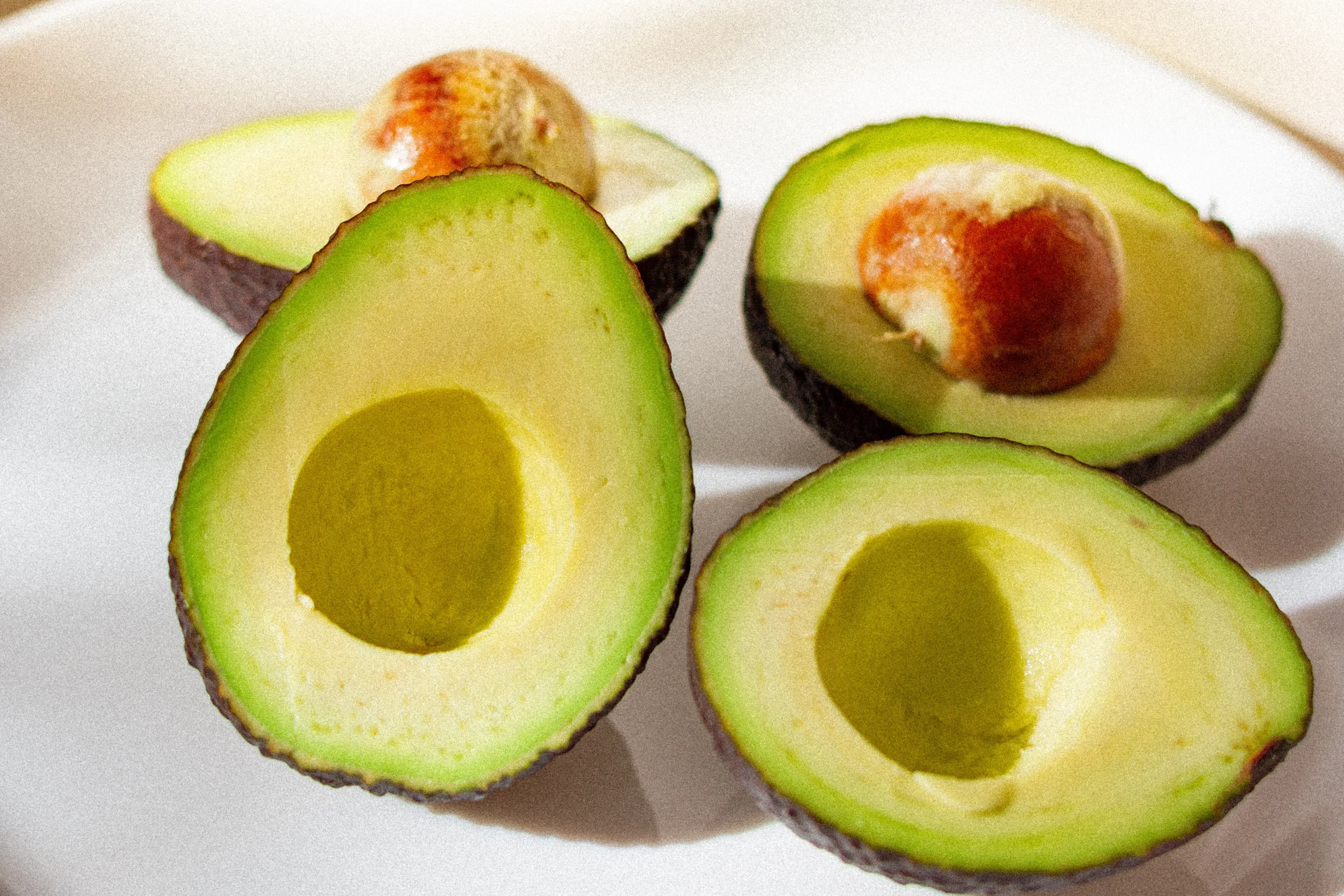Are you confused about the difference between cleanser and toner? These two skincare products play distinct roles in your daily skincare routine. In this article, we will delve into the details and explore the unique functions of cleansers and toners. By the end, you will have a clear understanding of how these products contribute to maintaining healthy and radiant skin.
Table of Contents
Introduction
Proper skincare is essential for maintaining healthy and vibrant skin. Cleansers and toners are fundamental components of a skincare routine. While both products contribute to overall skin health, they have distinct purposes and benefits. Let’s explore each of them individually to understand their unique roles.
What is a Cleanser?
A cleanser is a skincare product formulated to remove dirt, oil, impurities, and makeup from the skin’s surface. It helps to clean the pores, leaving your skin refreshed and ready for further skincare steps. Cleansers come in various forms, including gels, foams, creams, and oils, catering to different skin types and preferences.
Types of Cleansers
Gel Cleansers: Ideal for oily and combination skin types, gel cleansers effectively remove excess oil and impurities without stripping the skin.
Foam Cleansers: Known for their light and airy texture, foam cleansers produce a rich lather that deeply cleanses the skin, suitable for normal to oily skin.
Cream Cleansers: Best suited for dry and sensitive skin, cream cleansers provide gentle cleansing while offering hydration and nourishment.
Oil Cleansers: Particularly effective for removing heavy makeup and sunscreen, oil cleansers dissolve oil-based impurities, leaving the skin clean and supple.
Benefits of Using a Cleanser
- Removes dirt, oil, and makeup.
- Prevents clogged pores and breakouts.
- Prepares the skin for better absorption of skincare products.
- Promotes a clean and refreshed complexion.
- Helps maintain optimal skin health.
How to Choose the Right Cleanser
Choosing the right cleanser depends on your skin type and concerns. Consider the following factors:
Skin Type: Determine if you have oily, dry, combination, or sensitive skin.
Ingredients: Look for cleansers with gentle and non-irritating ingredients.
Specific Concerns: Consider any specific skin concerns you may have, such as acne, ageing, or hyperpigmentation.
Texture Preference: Decide on the texture (gel, foam, cream, or oil) that you find most comfortable and enjoyable to use.
What is a Toner?
A toner is a water-based skincare product that is applied after cleansing to rebalance the skin’s pH level and remove any residual impurities. Toners offer additional benefits, such as hydrating the skin, refining pores, and preparing it for better absorption of serums and moisturizers. They come in various formulations, including hydrating toners, exfoliating toners, and pH-balancing toners.
Types of Toners
Hydrating Toners: These toners contain ingredients like hyaluronic acid and glycerin to provide an extra boost of hydration, suitable for dry and dehydrated skin.
Exfoliating Toners: With ingredients like alpha-hydroxy acids (AHAs) or beta-hydroxy acids (BHAs), exfoliating toners help remove dead skin cells and promote a smoother complexion.
pH-Balancing Toners: These toners help restore the skin’s natural pH level, creating an optimal environment for the following skincare products.
Benefits of Using a Toner
- Restores the skin’s pH balance.
- Removes residual impurities.
- Hydrates and plumps the skin.
- Helps to refine and minimize the appearance of pores.
- Enhances the effectiveness of subsequent skincare steps.
How to Choose the Right Toner
Consider the following factors when choosing a toner:
Skin Type: Determine if you have oily, dry, combination, or sensitive skin.
Concerns: Look for toners that address specific concerns, such as hydration, exfoliation, or pore refinement.
Ingredients: Opt for toners with gentle and nourishing ingredients suitable for your skin type.
Formulation: Decide if you prefer a hydrating, exfoliating, or pH-balancing toner based on your needs.
Cleanser vs. Toner: Key Differences
Cleansers and toners serve different purposes in a skincare routine. Here are the key differences between them:
Function: Cleansers primarily remove dirt, oil, and makeup, while toners rebalance the skin’s pH level and remove residual impurities.
Application: Cleansers are applied to damp skin, massaged gently, and rinsed off, whereas toners are applied using a cotton pad or fingertips and left on the skin.
Texture: Cleansers come in various textures, such as gels, foams, creams, or oils, while toners are mostly water-based and have a lightweight texture.
When and How to Use Cleanser and Toner Together
To get the most out of both products, follow these steps:
- Start by applying the cleanser to damp skin, massaging gently in circular motions.
- Rinse off the cleanser with lukewarm water and pat your face dry with a clean towel.
- Take a small amount of toner on a cotton pad and gently swipe it across your face and neck.
- Let the toner dry naturally or gently pat it into the skin.
- Follow up with the rest of your skincare routine, including serums, moisturisers, and sunscreens.
Can You Skip Either Cleanser or Toner?
While it is possible to skip toner occasionally, it is not advisable to skip cleansing. Cleansing is crucial for removing dirt, impurities, and makeup accumulated throughout the day. Toners, on the other hand, provide additional benefits and can be skipped if necessary, although they do contribute to overall skin health.
Common Misconceptions about Cleansers and Toners
- Myth: Cleansers need to foam to be effective.
- Fact: Foam does not determine a cleanser’s effectiveness. Non-foaming cleansers can also clean the skin thoroughly.
- Myth: Toners are only for oily skin.
- Fact: Toners are suitable for all skin types and offer various benefits beyond oil control, such as hydration and pore refinement.
- Myth: Toners with alcohol are bad for the skin.
- Fact: While alcohol-based toners can be drying, not all alcohols are harmful. Look for toners with fatty alcohol or alcohol-free alternatives.
- Myth: Cleansers need to leave the skin feeling tight and squeaky clean.
- Fact: Overly stripping the skin can disrupt its natural moisture barrier. Look for gentle cleansers that maintain the skin’s balance.
- Myth: You need to use both a cleanser and toner from the same brand.
- Fact: It is not necessary to use products from the same brand. Focus on choosing individual products that suit your skin’s needs.
Conclusion
Understanding the difference between cleansers and toners is vital for building an effective skincare routine. Cleansers remove dirt, oil, and makeup, while toners rebalance the skin’s pH level and offer additional benefits. By incorporating both products into your daily regimen, you can achieve healthier and more radiant skin. Remember to choose products that suit your skin type and concerns for optimal results.
FAQ’s
Should I use a cleanser or toner first?
It is recommended to use a cleanser first to remove impurities, followed by a toner to rebalance the skin.
Can toner replace a cleanser?
No, toners cannot replace cleansers as they serve different purposes. Cleansers are necessary for thorough cleansing.
Can I use a toner without cleansing?
While it is not ideal, you can use a toner without cleansing if you need a quick refresh or to remove residual impurities.
Can a cleanser or toner cause skin irritation?
Some cleansers and toners may contain ingredients that can cause irritation. It is important to choose products suitable for your skin type and perform patch tests if necessary.
Can I use a toner without moisturizing?
While toners provide hydration, it is recommended to follow up with a moisturizer to lock in moisture and provide additional nourishment.



